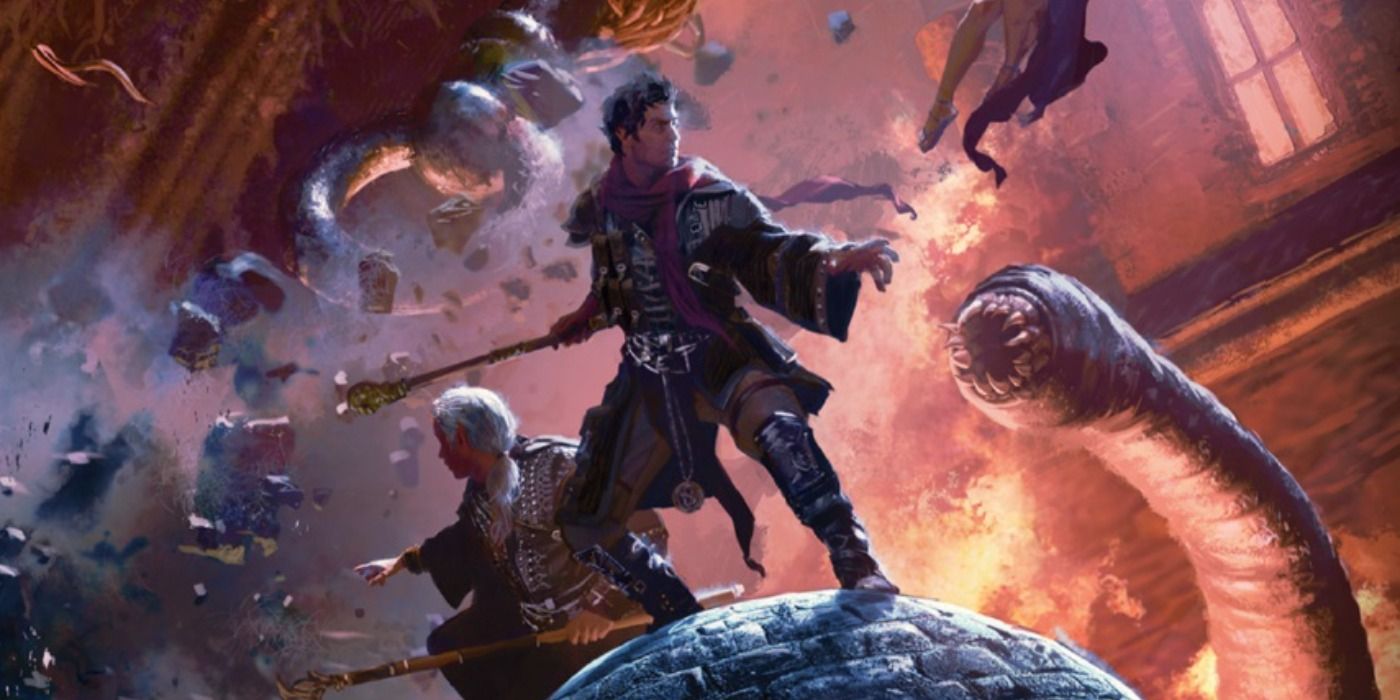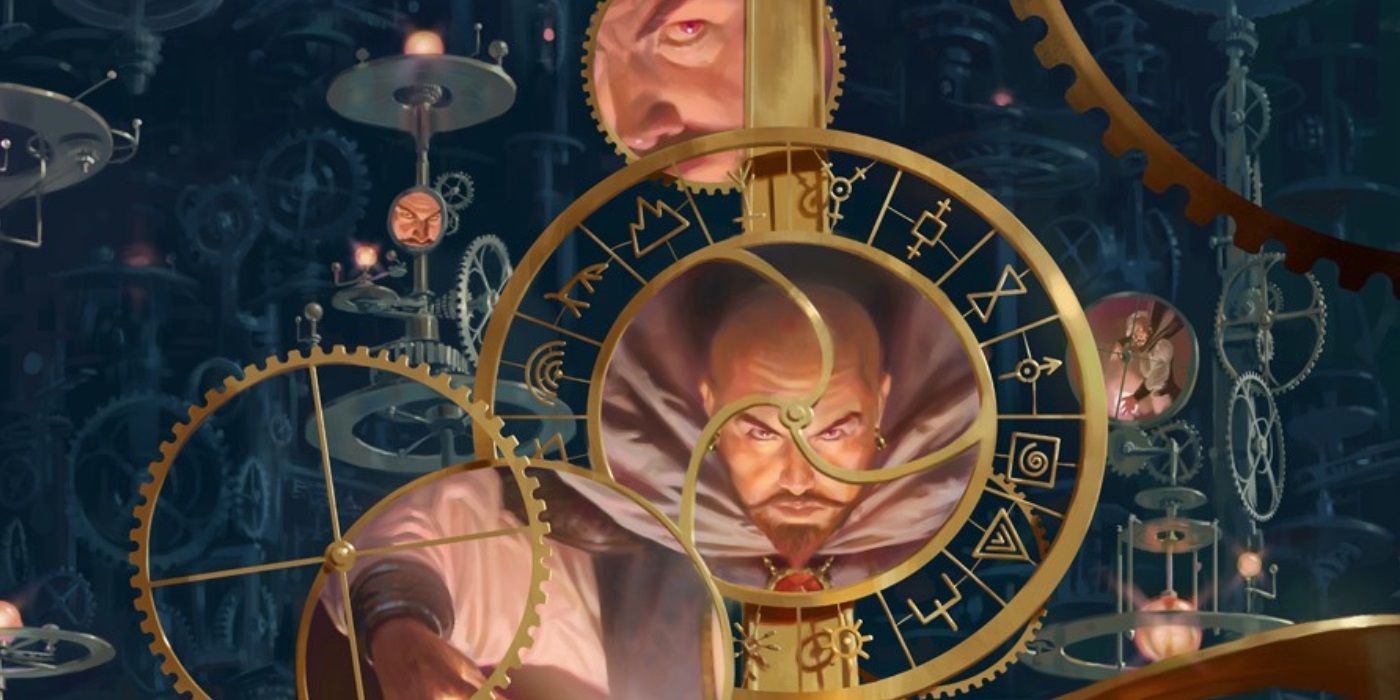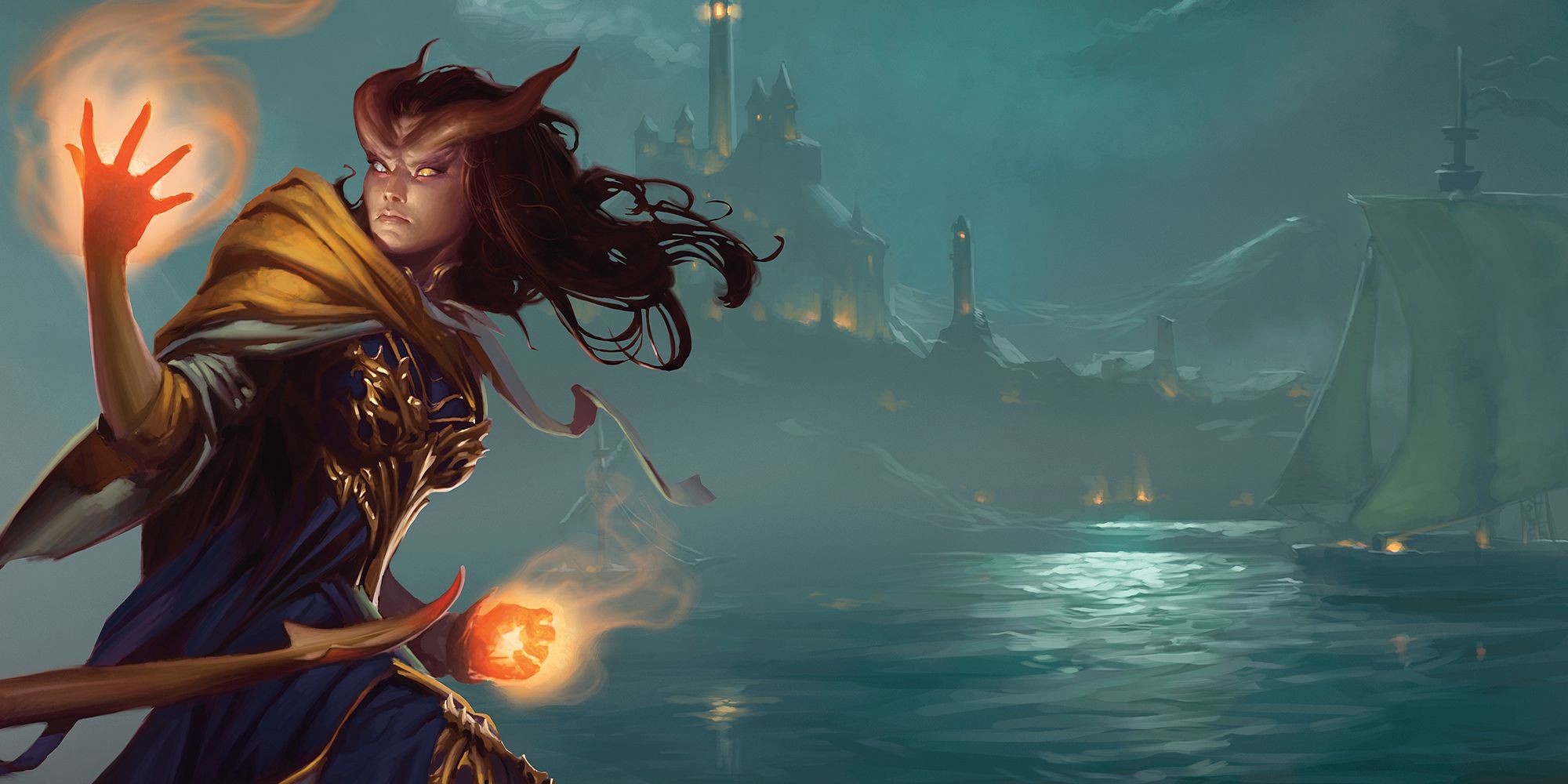The spellcasters in Dungeons & Dragons can utilize the magical power of D&D's cantrips, which have limitless uses and don't require spell slots to cast, but while the concept of cantrips debuted in third edition as zero-level spells, not all of them survived the transition into fifth edition. For these unfortunate spells, they're no longer part of the game. This is due to a number of factors, such as their effects being rolled into other spells, or being outclassed by new cantrips.
The concept of cantrips debuted in the early editions of D&D, when there was literally a cantrip spell. The cantrip spell allowed for a number of minor abilities, and it was considered by many to be the low-level equivalent of D&D's wish. There were limitless possibilities for cantrip, so long as the spellcaster had a lot of imagination. The cantrip spell received the ultimate honor in third edition, when it became the name for the arcane zero-level spells, with the divine zero-level spells being called orisons. The effect of the original cantrip spell was given to prestidigitation. In fifth edition, the nature of cantrips changed a great deal, as they now had limitless uses, and the combat ones were a lot stronger. This was to remove the age-old issue of spellcasters running out of spells at low levels, and resorting to crossbows and slings in battle.
The D&D Player's Handbook has a number of cantrips for all of the spellcasting classes in D&D. The number of cantrips changed over the years and some either became full spells or were cut from the game. Spells like detect magic were considered strong enough to become first-level spells, especially when cantrips gained limitless uses, which was offset by the introduction of ritual spells, which meant that these spells could be cast without slots, so long as the caster had extra time to cast them. Even with these limitations, there were some cantrips that didn't make it into the current edition of D&D, though hope isn't lost, as there's a chance they could appear in a future sourcebook.
The Cut Exploration D&D Cantrips
There were some cantrips in third edition that had their effects rolled up into new spells. This was the case with ghost sound, which created a sound that raised/lowered based on the caster's command. The effects of ghost sound are now part of the D&D minor illusion cantrip, which lets the caster choose between visual or audio illusion. The open/close cantrip allowed the caster to shut things like doors and windows, and this effect was rolled into the thaumaturgy cantrip.
There were some cut cantrips there were useful out on the field. The parties that lacked an effective scout could use the know direction cantrip, which let them know which way north was, assuming they were on a plane where such concepts apply. There is also the case of the read magic cantrip, which was necessary for reading spell scrolls and spellbooks that were discovered in the wild. In the current edition of D&D, a caster can use a spell scroll only if it's on their list.
The Cut Combat D&D Cantrips
The role of cantrips in combat changed drastically between third and fifth edition. In third edition, the offensive cantrips weren't that much more effective than basic ranged weapons, while the ones in fifth edition deal a fair amount of elemental damage and scale with the caster's level. There were some useful incapacitating D&D cantrips, such as daze, which forced a creature of 4 hit dice or less to make a Will saving throw. If they failed the save, then they were dazed for one round, which meant they could only move. The flare cantrip had a similar effect, as it caused a flash of light centered on a creature's eyes, forcing them to make a Fortitude save, or be dazzled for one minute.
One of the strongest cantrips in terms of damage dice was disrupt undead, which created a ray of positive energy that could deal 1d6 damage to undead creatures. The other offensive cantrips generally dealt 1d3 points of elemental damage. The situational nature of disrupt undead meant that it was only ever really taken when players knew they were going to be facing lots of undead in a D&D zombie apocalypse scenario, otherwise, it would just be taking up a spell slot. One of the most effective cantrips was touch of fatigue, as it could cause the target to become fatigued, resulting in a -2 penalty to Strength and Dexterity, as well as losing the ability to run or charge. The only issue with touch of fatigue is that it required a touch attack, and it was incredibly risky for a low-level spellcaster to enter melee range. There was also the lullaby cantrip, which dulled a target's senses, giving them a -5 penalty to Listen and Spot checks, as well as giving them a -2 penalty to saves against spells like sleep.
The Cut Utility Cantrips
The sorcerers and wizards in third edition had their own magical signature, in the form of arcane mark cantrip. This allowed the caster to create a unique magical rune on a surface that remained there permanently. It was also possible for the arcane mark to be invisible so that it could only be detected by spells from D&D's Divination school, such as see invisibility or true seeing. This allowed casters to let their colleagues know if they had been somewhere.
The divine spellcasters who were looking to give an ally an incredibly small boost in battle could take the virtue cantrip, as this gave a target a single temporary hit point, which meant that it couldn't be used to revive someone on death's door. Virtue could be useful at low levels for the squishier characters, like the rogues and the arcane spellcasters, but it quickly fell off in terms of performance. Probably the saddest case of a cut cantrip was summon instrument, which made bards weep across multiverse. The summon instrument cantrip allowed the bard character to summon a D&D instrument, so long as it was big enough to be held in two hands, so no conjuring grand pianos. There was a time in the history of Dungeons & Dragons when a performance of "Wonderwall" was only a spell away, but the gods were merciful and removed that power from bards across the fabric of reality.




